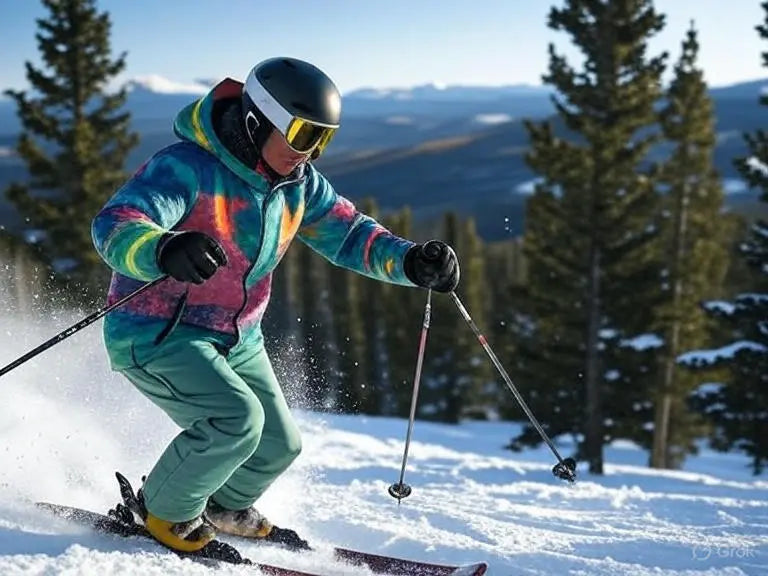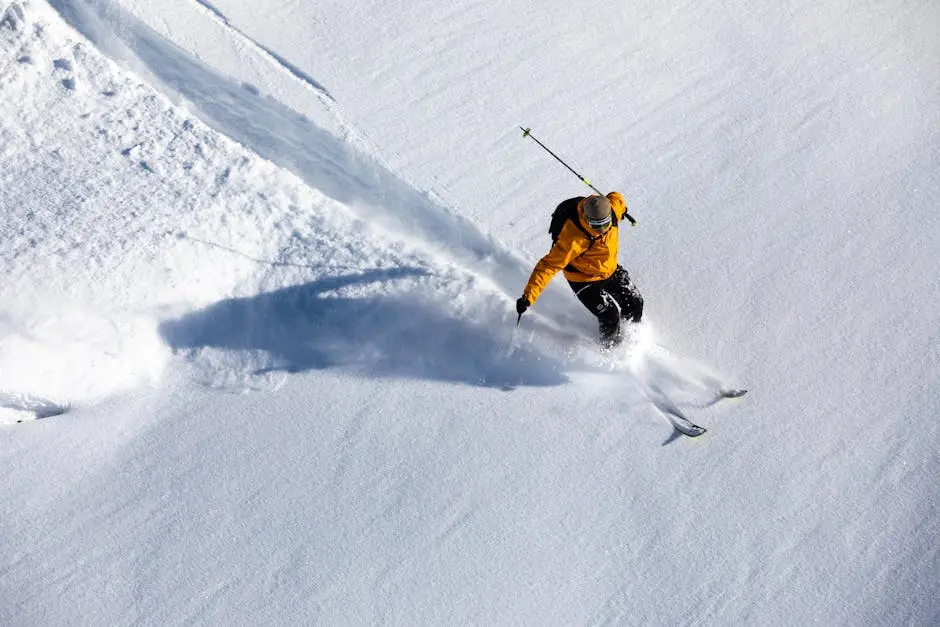Welcome to the ultimate guide to skiing like a professional! Whether you’re a beginner or looking to refine your technique, these insider tips will help you conquer the slopes with confidence. Let’s embark on this snowy adventure and take your skiing skills to the next level.
Understanding the Basics: Equipment and Preparation
Before you hit the slopes, getting your equipment right is crucial. From choosing the right skis to wearing the proper attire, preparation is key to skiing success. Start by selecting the appropriate skis. If you’re a beginner, opt for skis that are shorter and softer as they provide more control and easier maneuverability. As you advance, you might prefer stiffer skis that offer greater speed and responsiveness. Don’t forget about your boots; they should fit snugly but not be too tight. A well-fitted boot enhances control and comfort, reducing the risk of blisters and fatigue. Equip yourself with ski poles that are the right height for your body, ensuring effective propulsion and balance on the slopes.
Think about your clothing as your armor against the elements. Layer wisely to maintain warmth without sacrificing mobility. Start with a base layer that wicks moisture away from your skin, followed by an insulating layer for warmth, and finish off with a waterproof outer layer to protect against wind and snow. A proper helmet is a must for safety, and goggles will protect your eyes from snow glare and wind. Once your gear is sorted, familiarize yourself with the mountain’s layout and weather conditions. This knowledge helps in planning your day and choosing the right trails suitable for your skill level. Remember, preparation isn’t just about equipment; it’s also about mental readiness. Approach the slopes with a positive mindset and the flexibility to adapt to new experiences.
Perfecting Your Stance and Balance
A stable stance and good balance form the foundation of effective skiing. Maintaining an athletic stance is critical. Your knees should be slightly bent, and your weight should be centered over your skis. This position gives you the flexibility to absorb bumps and navigate turns with ease. Keep your hands in front, close to your body, and always look where you want to go. This posture not only aids in balance but also increases your ability to respond swiftly to changes in the terrain.
Regular practice is essential to honing your balance. Try exercises that strengthen your core, such as planks and balance drills. These exercises improve your ability to maintain stability on uneven surfaces or during unexpected shifts in snow conditions. Incorporate dynamic movements like side-to-side hops to simulate the action of skiing and boost your agility. When you’re on the slopes, practice skiing on one ski to further refine your balance. This drill enhances concentration and helps you get accustomed to distributing your weight effectively, boosting both your confidence and control on the mountain.
Mastering Turns and Carving
Turning and carving are essential skills that allow you to navigate the mountain smoothly. It all begins with the right technique. Start your turns with your lower body, steering your skis with your feet and legs rather than rotating your torso. Initiate the carve by rolling your skis onto their edges and pressure each ski differently to make clean, precise arcs on the snow. By doing this, you exert more control and maintain better contact with the snow.
Practice makes perfect, and repetition helps build muscle memory. Work on your edge control by performing short, controlled turns on gentle slopes before progressing to steeper terrain. Focus on maintaining a consistent rhythm and flow to minimize fatigue and maximize your skiing experience. Utilize the entire width of the slope and use the shape of your skis to help with the carve. Remember, mastering these skills doesn’t happen overnight, so take time to enjoy the learning process and celebrate small victories along the way.
Navigating Challenging Terrain
From moguls to powder, each type of terrain requires a different approach. Moguls, the bumpy mounds of snow, necessitate quick reflexes and a nimbleness in navigating between them. Keep your upper body calm and focused downhill while letting your lower body do the hard work. Flex and extend your legs like shock absorbers to smoothly ride over each bump. Stay light on your feet and practice timing your turns perfectly, as this rhythm is crucial for a stable descent.
Powder skiing offers a completely different adventure. Stay back slightly to prevent your skis from plunging into the deep snow. Keep your movements soft and gentle to float through the powder, and opt for bigger, longer turns to maintain control. Practice in various snow conditions to better understand how your skis respond to deep, packed, or softer snow. With experience, you’ll glide effortlessly over powder, reveling in the serenity and thrill of this unique experience. No matter the terrain, approach with caution if conditions seem unfavorable and always prioritize safety over personal achievement.
Safety First: Skiing Responsibly
Safety is paramount on the slopes. Adhering to safety guidelines can make the difference between a fun day in the snow and a trip to the emergency room. Familiarize yourself with the International Ski Federation’s rules, particularly those about respecting other skiers, controlling your speed, and knowing who has the right of way. Always be aware of your surroundings; skiing demands constant vigilance and situational awareness.
Wearing a helmet is non-negotiable—it’s the simplest way to significantly reduce the risk of a head injury. Also, make sure you’re adequately hydrated and take breaks when needed to prevent fatigue. Always check avalanche warnings before going off-piste and consider taking an avalanche safety course if you frequently adventure in the backcountry. Lastly, leave no trace and respect the natural environment. Skiing responsibly means not only ensuring your safety but also preserving the beauty of the mountains for future adventurers.
Ready to Hit the Slopes Like a Pro?
With these insider tips and tricks, you’re now equipped to tackle any mountain like a seasoned pro. Remember to practice regularly, stay safe, and most importantly, have fun on the slopes. Happy skiing!



Share:
The Rise of Backcountry Skiing: Safety Tips and Essentials
Adrenaline Alert: The Wildest Ski Competitions You Need to Watch This Season